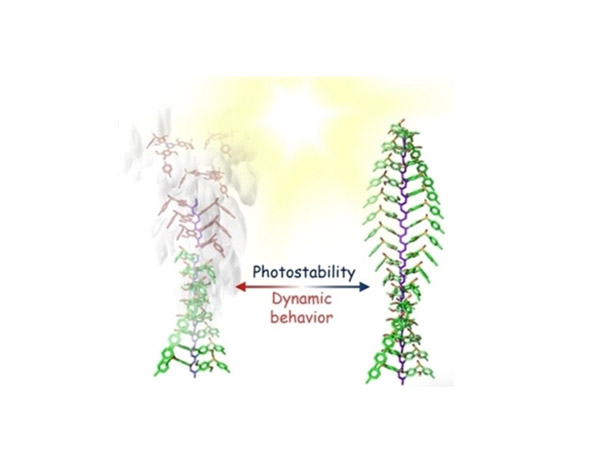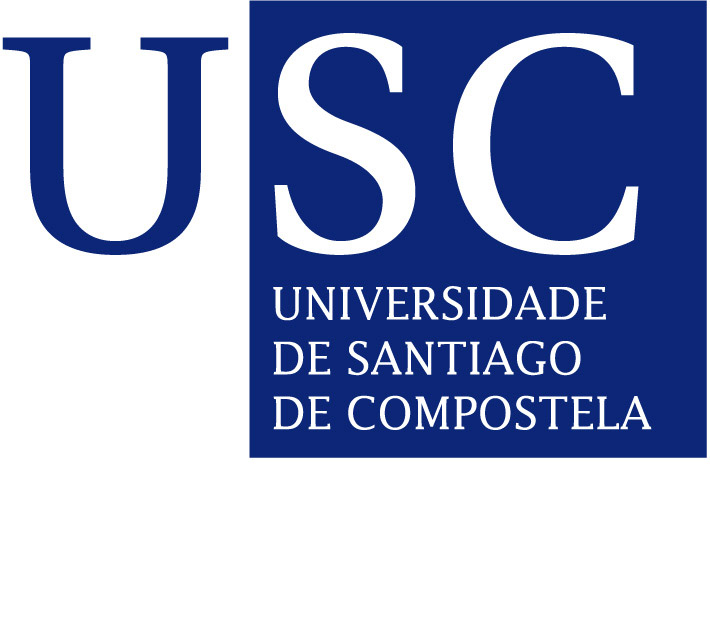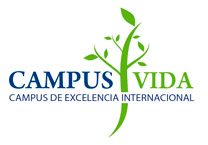
Prof. Emilio Quiñoá (left), Francisco Rey and Prof. Félix Freire (right) | CiQUS

Photostability and Dynamic Helical Behavior in Chiral Poly(phenylacetylene)s with a Preferred Screw-Sense | Angewnadte Chemie Int. Edition
When exposed to visible light, artificial helicoidal polymers can modify its sense and elongation. However, the motion of these molecules results in their degradation under the action of light. This is the main conclusion of a study by the NanoBioMol Group, where they demonstrate how the photochemical degradation in helical polymers is directly related to their dynamic helical behavior. The research, led by researcher Francisco Rey together with CiQUS PIs Félix Freire and Emilio Quiñoá, has been published in the international edition of Angewandte Chemie.
The structure of artificial helical polymers resembles the helices of important biomolecules such as DNA or RNA. These smart materials find applications in many different fields, acting as sensors, chromatography materials, chiral reagents or nanostructures, for example. But many of these appplications are limited by they poor light exposure stability: polymers degrade when exposed to visible light.
In this work, CiQUS scientists in collaboration with researchers from Universidad Autónoma de Madrid and Universidad de Granada, have designed a new helical polymer with poor dynamic behavior which shows a great photostability. According to the authors, the results open up new paths for the preparation of intelligent materials that are stable under visible light.
Reference
F. Rey-Tarrío, S. Guisán-Ceinos, J. M. Cuerva, D. Miguel, M. Ribagorda, E. Quiñoá, F. Freire*. Photostability and Dynamic Helical Behavior in Chiral Poly(phenylacetylene)s with a Preferred Screw‐Sense. Angew. Chem. Int. Ed. 2022, e202207623. doi.org/10.1002/anie.202207623


